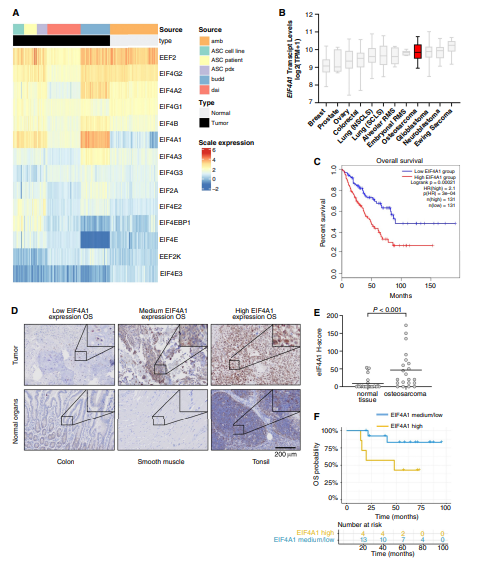2024-09-04 カロリンスカ研究所(KI)
<関連情報>
- https://news.ki.se/no-link-found-between-popular-diabetes-medication-and-suicide
- https://jamanetwork.com/journals/jamainternalmedicine/fullarticle/2823083
GLP-1受容体作動薬の使用と自殺死亡リスク GLP-1 Receptor Agonist Use and Risk of Suicide Death
Peter Ueda, MD, PhD; Jonas Söderling, PhD; Viktor Wintzell, PhD; et al
JAMA Internal Medicine Published:September 3, 2024
DOI:10.1001/jamainternmed.2024.4369

Key Points
Question What is the association between use of glucagon-like peptide-1 (GLP-1) receptor agonists and risk of suicide death in patients treated in routine clinical practice?
Findings In this cohort study of 298 553 adults initiating a GLP-1 receptor agonist or a sodium-glucose cotransporter-2 inhibitor nationwide in Sweden and Denmark, the incidence rate of suicide death was low, and those initiating GLP-1 receptor agonist use did not experience increased risk.
Meaning This study provides reassuring data showing that those initiating GLP-1 receptor agonist use were not at increased risk of suicide death, although the study could not assess small risk increases.
Abstract
Importance Concerns have been raised regarding a link between use of glucagon-like peptide-1 (GLP-1) receptor agonists and increased risk of suicidality and self-harm.
Objective To assess the association between use of GLP-1 receptor agonists and the risk of suicide death in routine clinical practice.
Design, Setting, and Participants This active-comparator new-user cohort study used nationwide register data from Sweden and Denmark from 2013 to 2021. Adults 18 to 84 years old who initiated treatment with GLP-1 receptor agonists or the comparator sodium-glucose cotransporter-2 (SGLT2) inhibitors were included. Data were analyzed from March to June 2024.
Exposure Initiation of treatment with a GLP-1 receptor agonist or SGLT2 inhibitor.
Main Outcomes and Measures The primary outcome was suicide death recorded in the cause of death registers. Secondary outcomes were the composite of suicide death and nonfatal self-harm and the composite of incident depression and anxiety-related disorders. Using propensity score weighting, hazard ratios (HRs) with 95% CIs were calculated separately in the 2 countries and pooled in a meta-analysis.
Results In total, 124 517 adults initiated a GLP-1 receptor agonist and 174 036 initiated an SGLT2 inhibitor; among GLP-1 receptor agonist users, the mean (SD) age was 60 (13) years, and 45% were women. During a mean (SD) follow-up of 2.5 (1.7) years, 77 suicide deaths occurred among users of GLP-1 receptor agonists and 71 suicide deaths occurred among users of SGLT2 inhibitors: weighted incidences were 0.23 vs 0.18 events per 1000 person-years (HR, 1.25; 95% CI, 0.83-1.88), with an absolute difference of 0.05 (95% CI, -0.03 to 0.16) events per 1000 person-years. The HR was 0.83 (95% CI, 0.70-0.97) for suicide death and nonfatal self-harm, and the HR was 1.01 (95% CI, 0.97-1.06) for incident depression and anxiety-related disorders.
Conclusions and Relevance This cohort study, including mostly patients with type 2 diabetes, does not show an association between use of GLP-1 receptor agonists and an increased risk of suicide death, self-harm, or incident depression and anxiety-related disorders. Suicide death among GLP-1 receptor agonist users was rare, and the upper limit of the confidence interval was compatible with an absolute risk increase of no more than 0.16 events per 1000 person-years.


